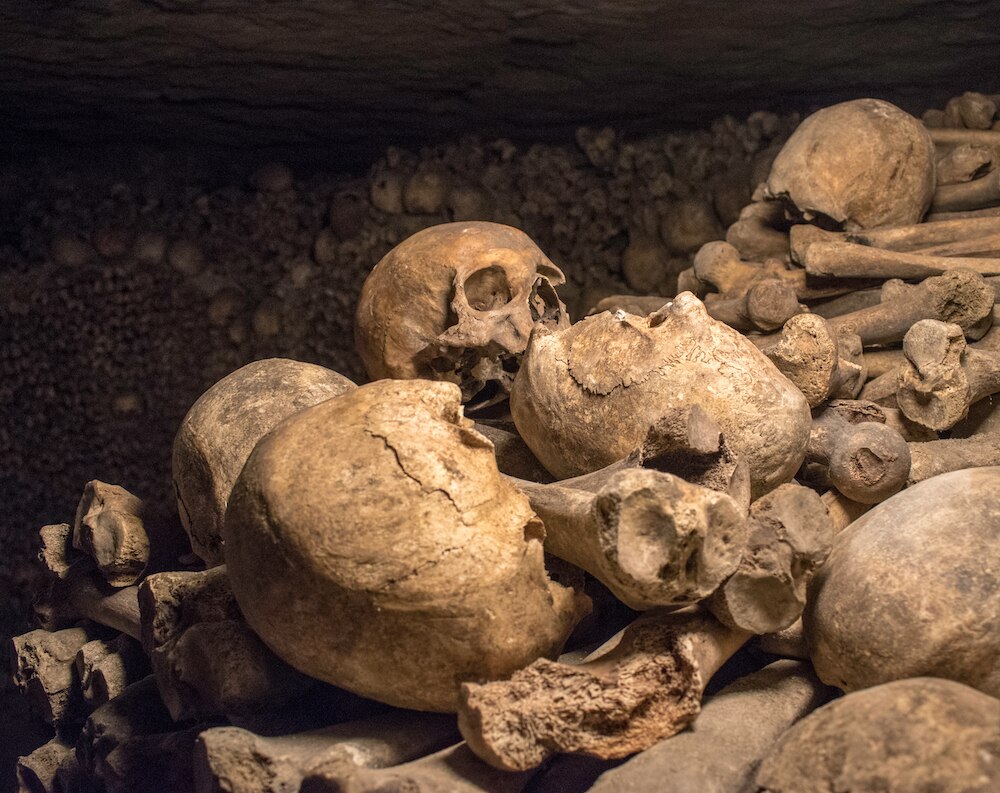Create a free profile to get unlimited access to exclusive videos, sweepstakes, and more!
Newly unearthed human species 'Homo bodoensis' might be our direct ancestor
Homo bodoensis is a human ancestor that was discovered through existing fossils mistaken for other species.

From the empty eye sockets of fossil skulls, an unknown human ancestor had been staring back at us for years — we just hadn’t realized it.
Homo bodoensis was not unearthed in a cave or a remote stretch of desert. Instead, researchers realized that existing fossils which had previously been thought to belong to different species were actually the remnants of just one. Newly reclassified and renamed, these hominids are thought to have been widespread across Africa during the Middle Pleistocene, 770,000 to 126,000 years ago. Homo sapiens may also be directly descended from it.
The mistaken hominid was named after one of the fossils that have now been connected to it — the skull known as the Bodo cranium from Bodo D’ar, Ethiopia. This is now recognized as the holotype, or first known sample, of Homo bodoensis. Mirjana Roksandic, Predrag Radović, and their colleagues recently published a study on the species in Evolutionary Anthropology.
“The Bodo cranium is characterized by a specific combination of H. erectus-like (primitive) and H. sapiens-like (derived) morphological traits,” Radović told SYFY WIRE. “What is important, the skull shows no Neanderthal-derived traits, placing it clearly outside of the Neanderthal lineage.”
Some Neanderthal fossils had been previously classified as one of the species now recognized as H. bodoensis, previously known as H. heidelbergensis. The jawbone that remained after more than 600,000 years was thought to belong to the ancestors of Neanderthals, which was later proven wrong because Neanderthal genetics trace their origins back to a time before the owner of the bone existed. The exact opposite happened in some cases in which bones thought to belong to H. heidelbergensis were actually from Neanderthals. The Bodo skull also came from an era after Neanderthals and H. sapiens split.
That skull’s overall structure is most similar to that of Homo erectus, with a brain case (neurocranium) that is set low and has prominent ridges of bone, but don’t let that fool you. These and other features allowed for a larger brain than its primitive predecessor. Its facial features were also robust, so you would probably recognize it in a crowd of hominids if you knew what you were looking for. Its face was massive. Prominent bony projections above its eyes and overgrowths of bone in the upper back (parietal) bones of its skull set it apart. Mysterious cut marks on the skull could be evidence of a funerary defleshing ritual.
Even with these obvious differences, at least when looked at up close, H. bodoensis and other species of Middle Pleistocene hominids have proven difficult to set apart from each other. This is infamously known as “the muddle in the Middle Pleistocene.”
“Hominid fossils from this period are characterized by different mosaics of primitive and derived traits, which made them very hard to classify,” Radović said. “The muddle was noted long before genetic data entered the scene, but new research needs to integrate morphological and genetic records.”
Another glaring issue was taxonomy. H. heidelbergensis and H. rhodesiensis, both of which are now found to have really been H. Bodoensis, were vaguely defined. Roksandic, Radović, and their team believed the solution to this was to do away with these unclear names and come up with a new one that was more accurate and encompassed the entire species. Also, those European skulls that appeared more related to Neanderthals but were still classified as H. heidleberginsis should not be under H. Bodoensis, but recognized as early Neanderthals.
So how did H. bodoensis give rise to what we are now? Radović thinks it had to do with being in the right place at the right time. They were all over Africa and spread out to Eastern Mediterranean after the divide between Neanderthals and H. sapiens, and their skull morphology tells of features whose modified versions would eventually show up in modern humans. The only downside is that any DNA in the Bodo skull and other bones has probably long since degraded, but there might be other methods of investigating genetics.
“We think that Homo bodoensis was probably genetically closer to Homo sapiens than any other contemporary hominin group,” he said. “Alternate approaches, such as paleoproteomics, could provide a test for the proposed phylogenetic position of Homo bodoensis.”


























